
Here comes the sun: Where to from here for the Chinese Solar industry?
By Paul CurnowThe first quarter of 2011 has seen a Y/Y decline in demand for solar PV modules, exposing several privately held Chinese PV manufacturers to potentially massive issues of over-supply. This comes at a time when the PRC has declared an intention to move away from an export-driven to a domestic demand-led economy and access to cheap credit from state-owned banks, something that Chinese renewable companies have enjoyed over the last while, comes to an end. As a result the Chinese government will be looking closely at the Chinese solar industry to ensure it remains a world-leading manufacturer of solar PV and healthy contributor to GDP growth.
Like many industries in China, the growth of PV manufacturing in the country has been exponential, driven by cheap input costs and a seemingly insatiable off-shore demand for the finished product. There are now over 250 independent PV manufacturers in China, exporting over 1/3 of the world’s global supply of solar panels. However, a general slow-down in demand for PV cells in the key export markets of Europe and North America, due largely to cuts in generous solar feed-in-tariffs as their respective governments tighten fiscal policies, threatens to undermine this growth (Germany, for example, has announced plans to reduce its solar feed-in-tariff rate by as much as 15% by July 2011). According to industry reports, PV module manufacturers, spurred on by 139% growth during 2010, have already committed to raise production by 55% in 2011, while full-year demand is expected to increase by closer to 12%. This comes at a time where the price of raw silicon (of which China is a net-importer) has reached an all-time high. Given this situation, it would seem that the time is now right for China to aggressively build up its domestic PV market to soak up any over-supply, rather than rely on export markets driven by policy it has no control over.
The current domestic Chinese solar power market is negligible. China currently has a mere 800MW of installed solar PV capacity; of the 17GW of newly installed solar capacity globally in 2010, only 400 MW was installed in China.
China does, however, have a well developed regulatory framework governing the renewable energy industry which provides a solid foundation for the development of a domestic market should the PRC have the political will to do so. China has set a target that 15% of its total energy consumption by 2020 will come from renewable sources (based on installed capacity rather than grid-connected electricity). The solar component of this target for 2020 was initially set at 1.8 GW and has since been raised to 20GW. It is widely considered that solar PV will make up the majority of this 20GW target as solar thermal is not particularly suited to local conditions. Complementary targets have also been outlined by the National Development and Reform Commission in its 12th Five-Year Plan (approved on 14 March 2011) which includes targets of a reduction by 2015 of 16 percent for energy intensity, and 17 percent for carbon intensity, against 2005 levels.


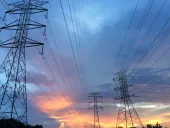
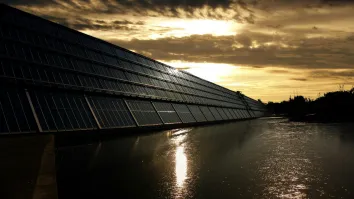
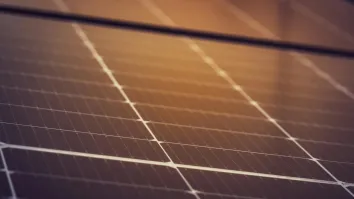
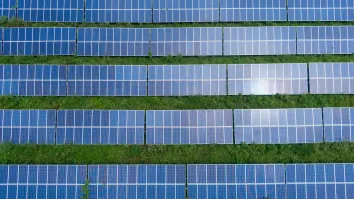
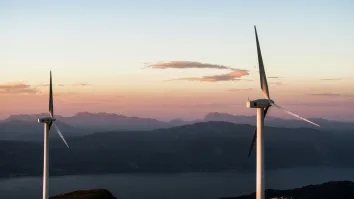













 Advertise
Advertise






